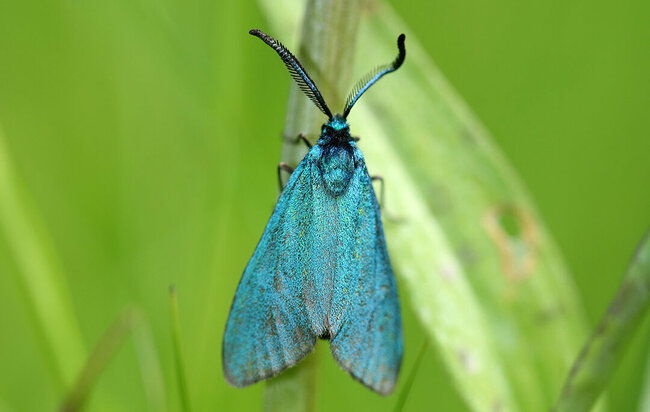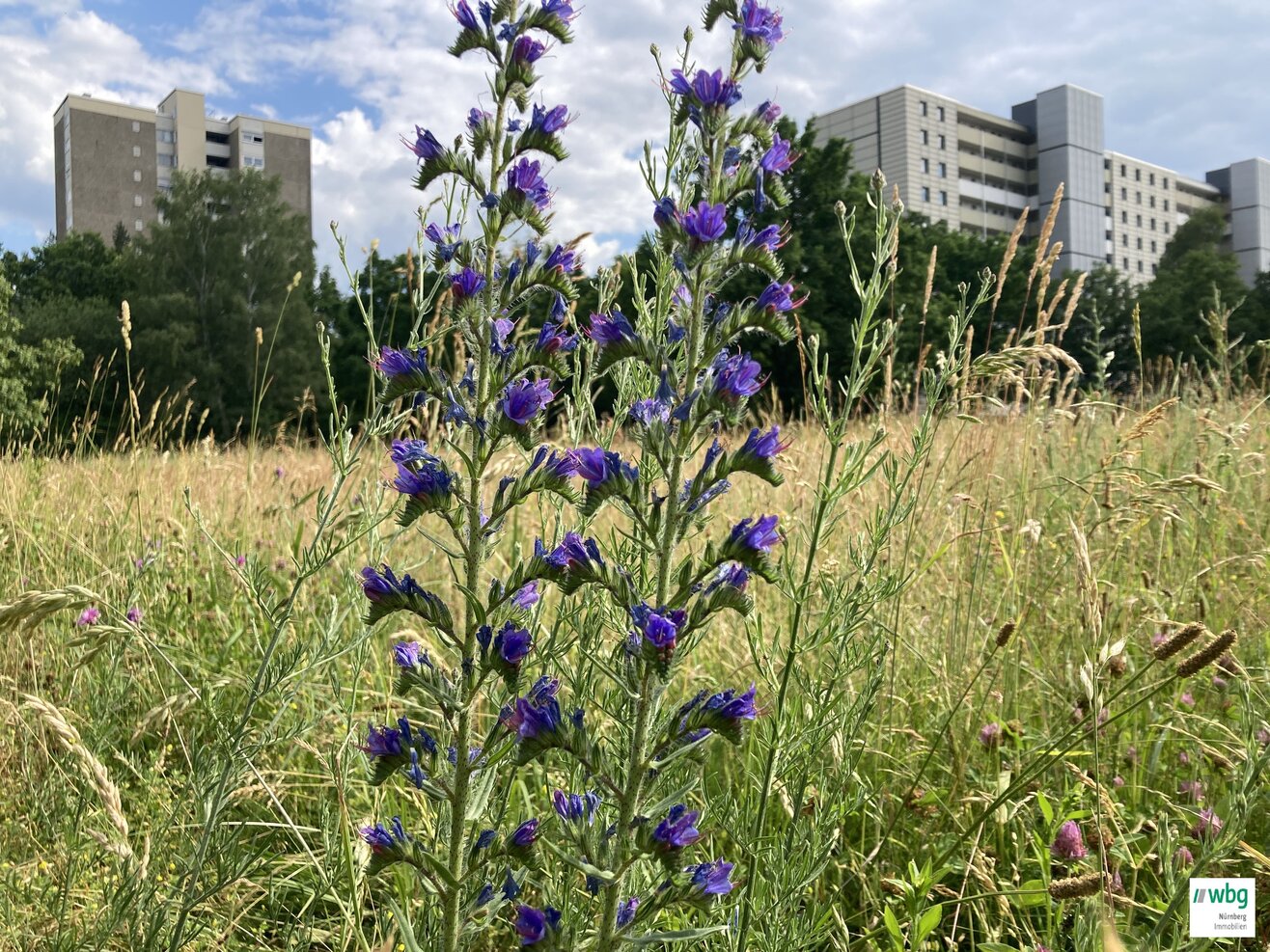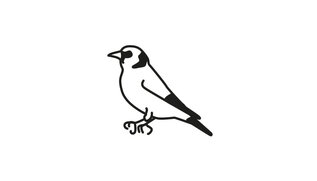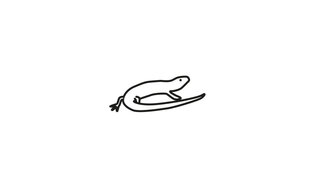Fact sheet
- Adscita statices
- Color: metallic greenish-blue
- Wingspan: 25 - 30 mm
- Food: prefers purple flowers
- Caterpillars overwinter in dock plants
- Moths are active from May to August

Meadows
Green forester
The green forester is active from June to August and fly during the day, especially when the sun is shining. As pollinating insects, they contribute to biodiversity in meadows, spreading grasses and flowers. These animals are endangered in some regions as they are very sensitive to intensive agriculture and need near-natural meadows, of which there are fewer and fewer. The preservation of colorful, natural meadows is therefore crucial for their survival.
In order to create more habitat for species such as the dock orchid, wbg creates additional meadow areas every spring. These are intended to develop into species-rich meadows and are therefore only mowed once or twice a year. This allows the plants there to reach heights of 60 to 80 cm. Alternative mowing can also offer a solution. In contrast to conventional mowing methods, where the entire area is mowed at the same time, alternative mowing is carried out in sections and at different times. This method allows animals that live in the meadow to find shelter in areas that are not mowed. In addition, plants can spread their seeds and reproduce better, resulting in a more diverse flora.
Ecological mowing requires careful planning, trained staff and suitable technology. For this reason, wbg relies on the use of insect-friendly mowing equipment. Part of wbg Nürnberg new maintenance concept will consist of further expanding the existing meadows and, where possible, managing them with a bar mower. This will save five to six mowing sessions. This saves the gardeners having to travel, leaving more time for other maintenance work.
One type of meadow that has now become rare is sandy grassland, which was more common in Franconia's sandy soils in the past. The wbg Nürnberg also creates such special habitats for insects, butterflies and rare birds.




